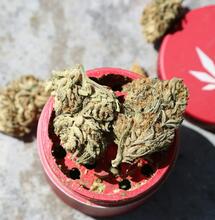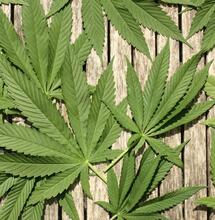How Cannabis Performed in the U.S. in 2022?

A recent study found that marijuana legalization has led to a 20% increase in use across the U.S. Only four states remain that continue to ban all uses of cannabis. In 21 states, recreational use has now become fully legal, and all other states allow the medicinal use of marijuana. However, cannabis sales in the U.S. didn't grow in 2022 as they did during the previous pandemic years.
A lot of industries had a bad year in 2022. This time Cannabis was no exception. The industry previously performed really well when everyone else faced substantial financial losses in 2020 and 2021.
When the pandemic hit, the cannabis sector flourished as lockdowns led people to spend more money on cannabis to fight stress, anxiety or boredom. Once the pandemic dwindled away, the growth in cannabis sales appear to have stalled.
Looking at individual markets, in 2022, those that performed best were states that relatively recently established recreational retail, such as Michigan and Arizona for example.
However, old problems continue to prevail. Many small enterprises face increased competition. This is very common in established state markets like California, which also face huge problems with the black market, plus a demand-supply imbalance. California is one of the states that produce more cannabis than it can sell.
A downward trend is also noticeable when you look at the big players like Trulieve Cannabis, Green Thumb Industries, or Cresco Labs. All of these companies have seen a decline in revenue or stagnation over the last few quarters.
Experts are drawing parallels with Canada and the days when it legalized the recreational use of cannabis. It was all good in the beginning for top players like Aurora Cannabis and Tilray. But soon enough, the marketplace became oversaturated, and many businesses, especially small ones with only a few retail locations, faced stiff competition.
For big companies, it's much easier to find the way out of these complex situations on the marketplace. While small businesses are often forced to shut down operations, the big ones only close shops that underperform, and they also use other strategies such as mergers to maintain market value. For example, Tilray played exceptionally well, merging with Aphria and maintaining profitability for many years in a row.
Another reason that might affect sales is the continued existence of the black market. Its worth is estimated to be around $60 billion in the U.S. The black market remains out of reach to law enforcement and tax authorities. Many cannabis users turn to the streets to grab a stash for lower prices (but also stuff that is not tested in the lab).
Federal legalization in the U.S. is the one thing that can seal the status of the industry. While this is still a few years away from happening, it's something that industry onlookers definitely agree would stabilize the sector in terms that we won't be seeing significant fluctuations in cannabis stock prices. Banking reform could also help cannabis companies with financing, potentially reducing the outreach of the black market.
Although Cannabis has not had the best year behind, things are looking pretty good for the future. Those who use marijuana will continue to use it and therefore buy marijuana products. The interest has not gone away because of inflation or any other reason. The market will grow, with legal sales expected to generate over $50 billion by 2026. What the sector principally needs is federal legalization.

_11zon.jpg)









